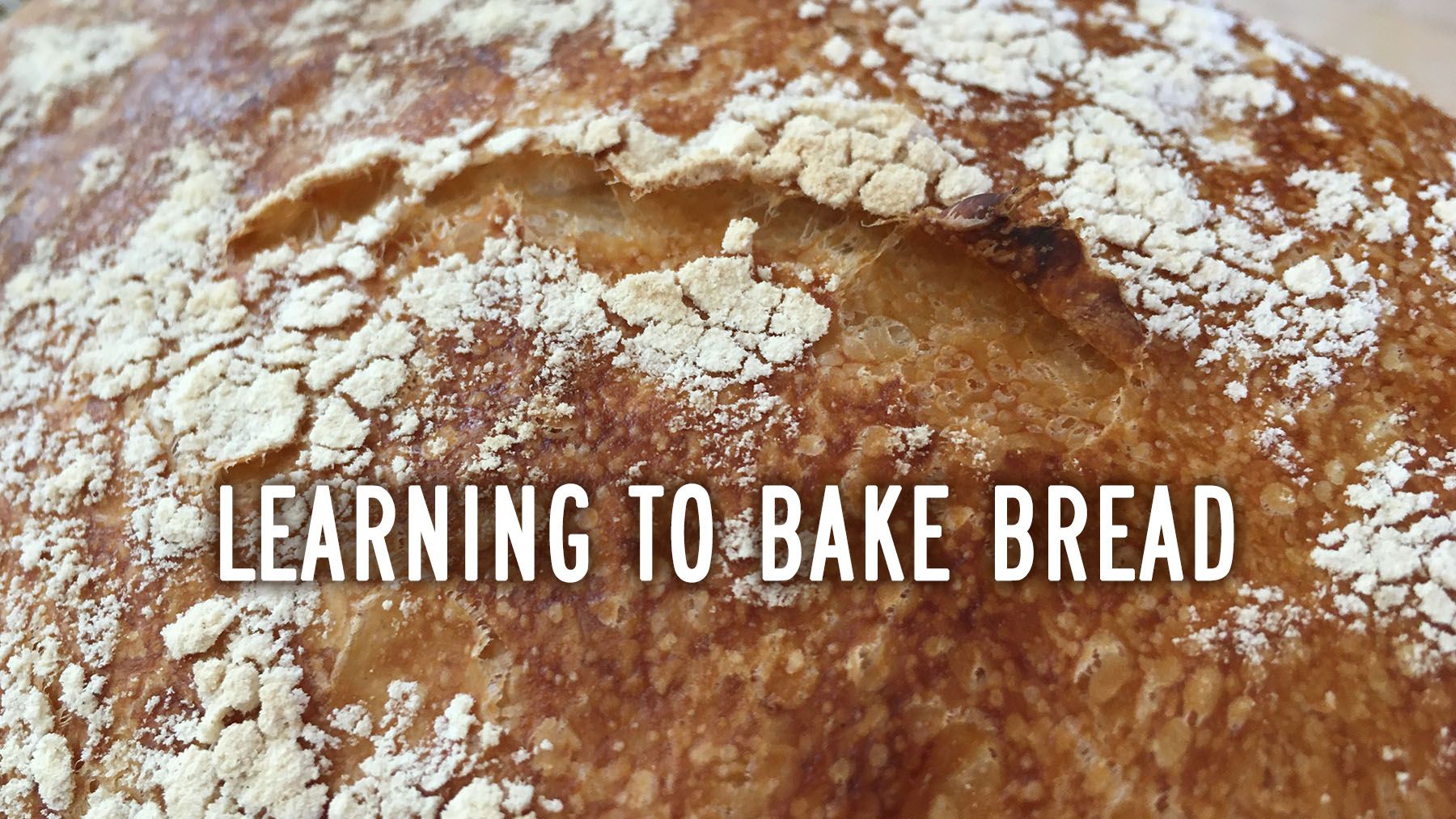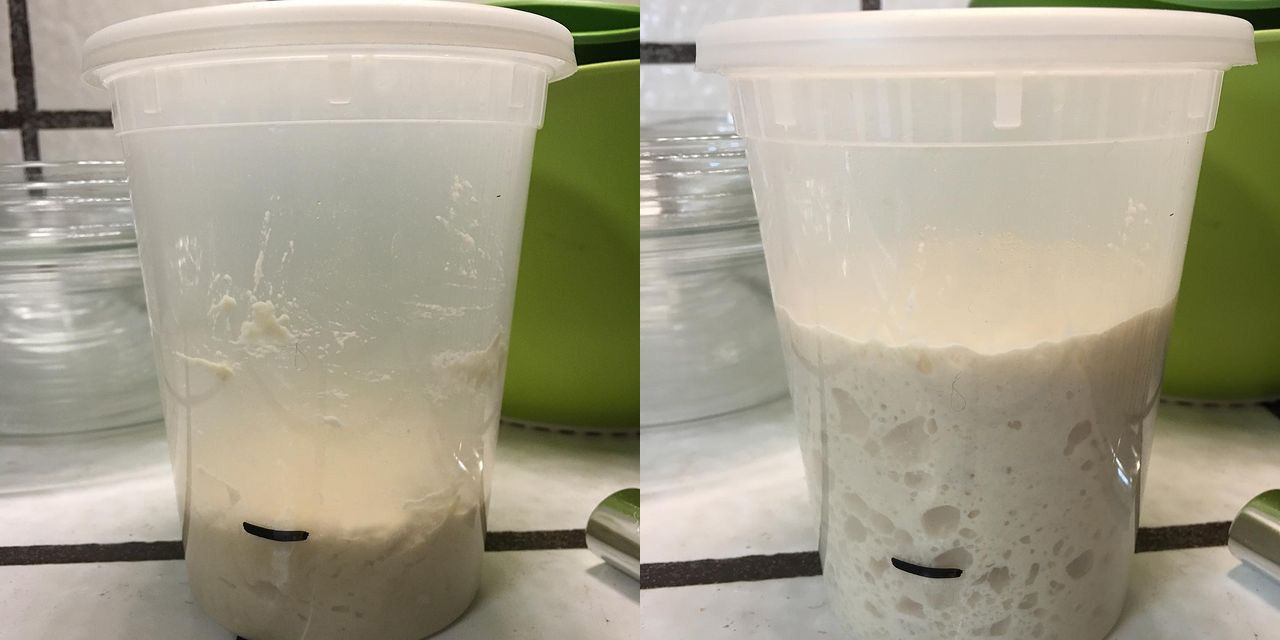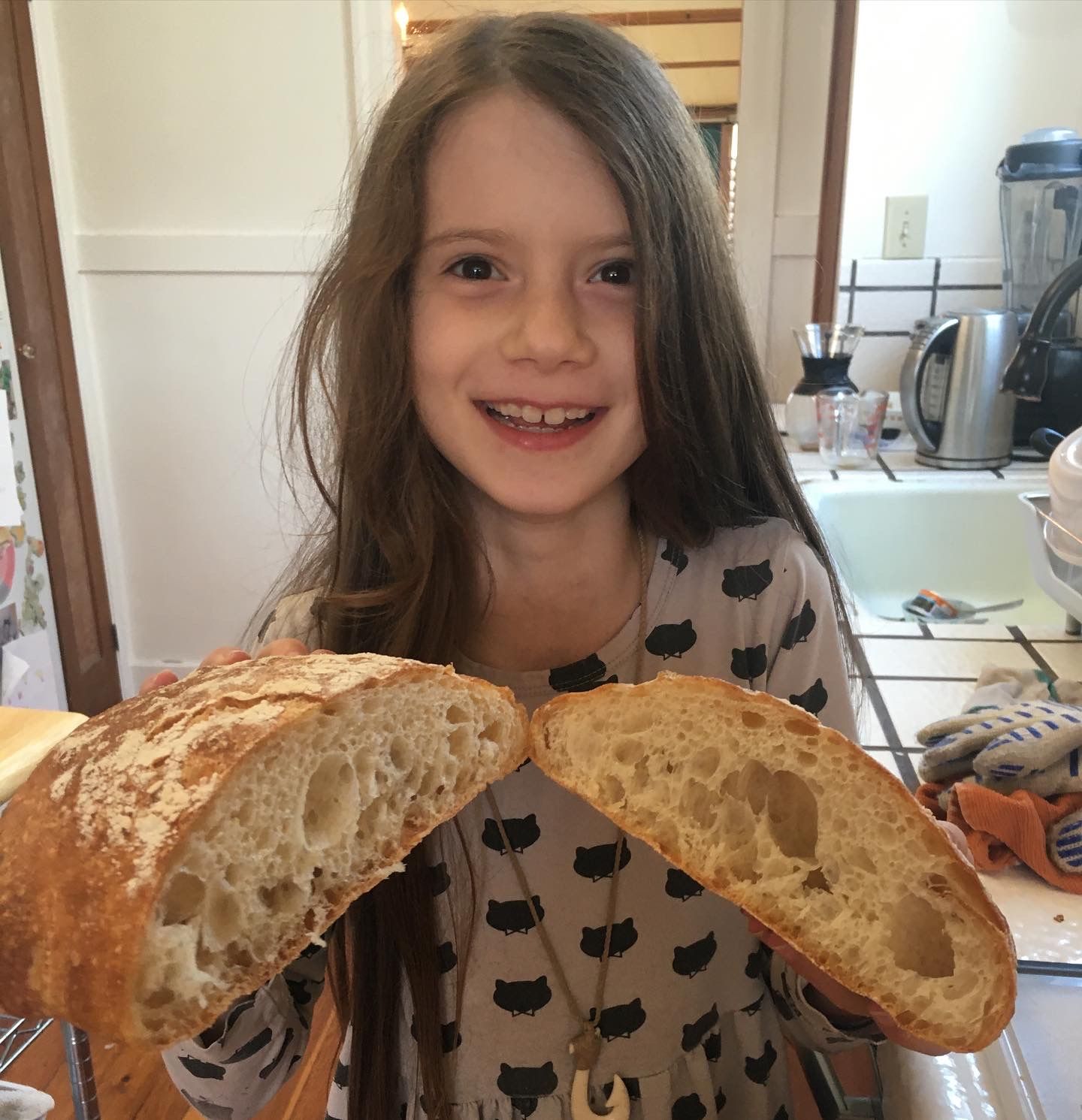Ciabatta!
I coached Wanda through making her first loaf of bread, a ciabatta.

I've been getting into baking bread lately. Wanda accuses me of being desperately in love with my new stand mixer (she's not wrong, but in my defense, it's an Ankarsrum and it has a spell on me). However, she does not at all mind having plenty of great bread to eat, especially her favorite: ciabatta!
It's rare for her to have an interest in joining me in the kitchen, other than brief visits to see if there are any bowls of frosting that need cleaning. But this weekend when I floated the idea of her making her very own loaf of ciabatta, she sparked to the idea.
This YouTube video by Brian Lagerstrom is how I learned how to make ciabatta. I've made it a bunch of times, with plenty of success, and I recommend giving it a whirl!
I typed up the recipe from the video so I could print it for my recipe binder—here it is in Google Doc form: Ciabatta recipe by Brian Lagerstrom. We did a half recipe, making just one loaf instead of the recipe's two loaves.
Wanda and I started Monday night by making a biga. A biga is a small mix of flour, water, and yeast. It gives some of the yeast a head start, giving better flavor and shelf life to your final loaf. It only takes a few minutes to stir together, and it sits on the kitchen counter overnight. Seeing—and just as importantly, smelling—the biga at night and then again in the morning gave Wanda an appreciation for the role the yeast plays in making the bread. She marvelled at how such a small amount of yeast (just ⅛ of a teaspoon) had a big impact. It gave us a chance to review some of what we've learned in our science lessons.

On Tuesday, bread baking day, our normal routine was shifted around a bit to make way for the steps of making the dough, doing strength-building folds, shaping the loaf, and finally baking it. There are many long pauses in the process to let the dough relax, ferment, and rise, and that's where we fit in our normal daily lessons like math and language arts.

I gathered the ingredients and the equipment, but it was Wanda's hands on the dough and the tools through the whole process (except for the oven, that part's a bit tricky). She said she felt like a pro while operating the Ankarsrum for the dough mixing and kneading steps. The recipe includes a series of stretches & folds done by hand, and even a lamination step that involves stretching the dough out into a big rectangle and folding it over itself, which Wanda thought was particularly fun (because it is; it's my favorite, too). She was able to see and feel at each step how the four simple ingredients of flour, water, salt, and yeast changed in texture, strength, and flexibility thanks to how we manipulated the dough.

Look at this loaf! This is gorgeous bread! She was very proud, and she should be, her ciabatta turned out incredibly well, and it was delicious.


